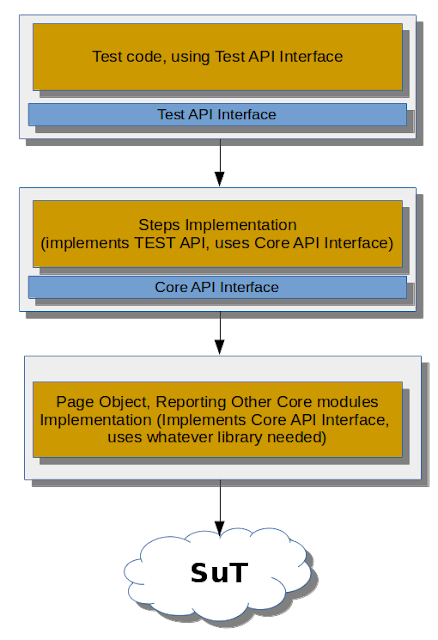There's no such thing as "Best Practice"
I don't usually write replies to someone else's articles or blog posts. But recently I stumbled upon an article, which I would like to reply to. The article named "10 Best Practices and Strategies for Test Automation" (original can be found here: https://www.softwaretestinghelp.com/automation-testing-tutorial-7/ ) states: These strategies are taken from my own experience plus from the literature of testing gurus like Michael Bolton, James Bach and Cem Kaner. These practices should be followed in every automation project. Ironically, James Bach has a great post named "No Best Practice" ( http://www.satisfice.com/blog/archives/27 ), in which James puts his view related to "Best Practice" idea, which can be briefly summarized - There's no such thing as "Best Practice" . I wholeheartedly support this viewpoint. A similar idea is stated clearly on the very home page of Michael Bolton website ( https://www.developsense.com/ ). Simp...

